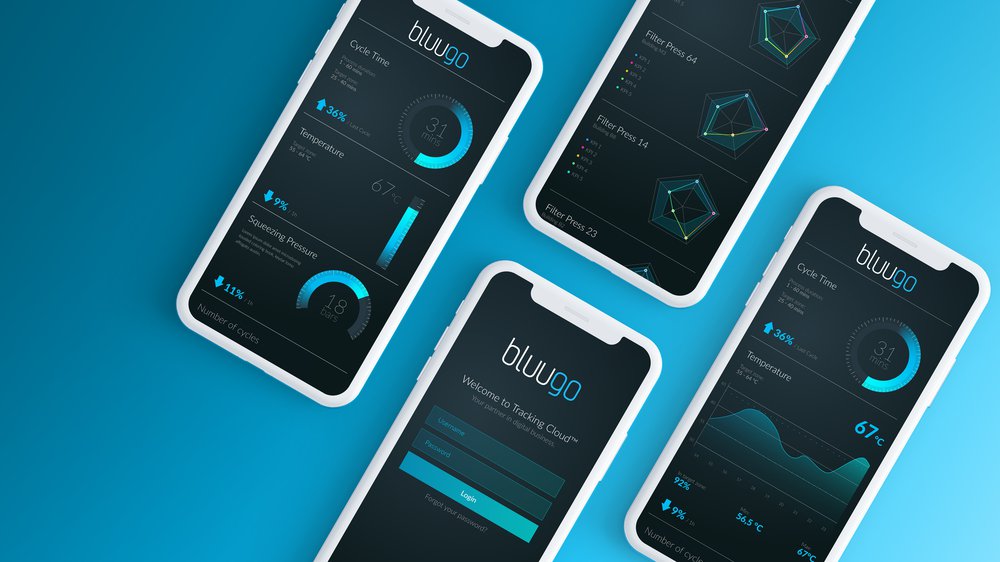What are PWA’s?
PWA’s (Progressive Web Apps) are web-based applications that take advantage of new features supported by modern browsers to produce a high-quality user experience. To put it simply, they are webpages that work like a traditional native application from the user’s perspective. PWA’s combine various cutting-edge technologies to create innovative solutions that outperform native apps in many areas.
There is no one simple answer to the question “What is a PWA?”, but some universal guidelines can be identified. A PWA must have a Web App Manifest, it must run a Service Worker and utilize HTTPS-protocol. The most important of these is the Service Worker, which enables cache management, offline-functionality, push-notifications, synchronization and other background processing.
The common thread of PWA’s is to combine the easiness and functionality of web applications with the performance potential and operating systems integration of native apps. The essential keywords include:
- Accessibility: PWA’s can be found easily through search engines and are ready-to-run in seconds. They can also be installed on a mobile device’s home screen, which makes them even easier to access.
- Sharing: PWA’s can easily be shared to other users with a simple link without using an app store.
- Independence of network: PWA’s can be used even if there is no internet connection available or the signal is weak.
- Progressivity: The newer web browsers can utilize the full potential of PWA’s, but the basic functionalities are available on the older browser also.
- Customer engagement: PWA’s utilize Push Notifications which can highly increase customer re-engagement.
- Responsiveness: PWA’s run smoothly on all types of devices and screen sizes.
- Security: All connections between devices and servers are secured.
PWA’s are often associated with Google, but, all the other big players are just as involved, including Mozilla, Microsoft and Apple.
PWA vs. Native
So, how do PWA’s differ from native apps and how can they produce added value?
One of the most obvious advantages is the fact that PWA’s run on all operating systems. The same app will work regardless of your choice of OS, be it MacOS, Windows, Android or iOS. This greatly reduces the costs of developing a new application – a process that can often be very, very expensive. Also, PWA’s do not have to be installed in order to use them. They are not hidden away behind some specific app store but can be found and accessed through any search engine. This allows the user to easily try out an application and install it afterwards if finding it useful. Installing a PWA on a mobile device’s home screen creates an almost identical user experience compared to native apps.
Another significant advantage of PWA’s has to do with application updates. With native apps, even a small update can often cause the need to download the whole app all over again. With PWA’s there’s no need for that – they can update parts of the app independently without having to load big amounts of data. This can have a big impact especially on the developing markets. Also, with PWA’s the distribution of apps is significantly easier compared to native ones. Especially in the B2B sector it is quite common to run into internal issues regarding the distribution and updating of applications. With PWA’s you can simply share a link to the users – after this the app can be easily installed and keeps itself updated automatically.
Tracking Cloud™ PWA
Bluugo’s Tracking Cloud™ -platform utilizes a PWA to deliver the best possible experience for its users. The app is easy to use and runs smoothly regardless of internet connection quality. It can be used by your employees as well as subcontractors, customers and other parties – each group with different access levels determined by you. By sharing information, you can increase transparency, improve communicating and make your customers more committed to your company.
By utilizing offline functionality, the PWA will work even if there is no internet connection available. Once a connection is available again, the app will automatically synchronize itself. In other words, Tracking Cloud™ and all its tools are available whenever and wherever you need them. In addition to offline-functionality, our PWA also utilizes geolocation data, local storage and background processing.
As a brand-new feature, we are implementing cutting-edge Web Authentication technology to Tracking Cloud™ PWA. This technology enables logging in to the app by using MFA (Multi-Factor Authentication) methods such as fingerprint authentication. By utilizing this type of authentication, the need for a traditional username/password combination can be eliminated. This further improves both the user experience and the security of our PWA.


